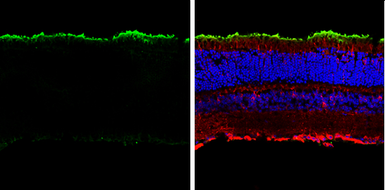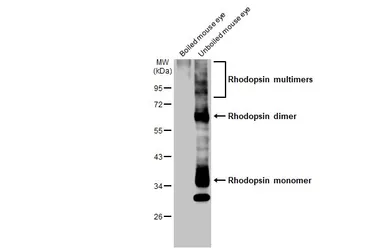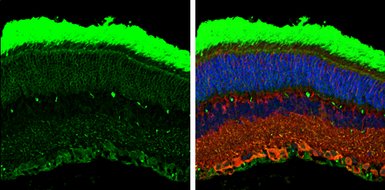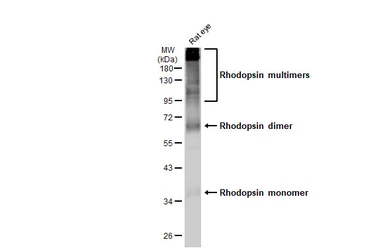Rhodopsin antibody
Cat. No. GTX129910
Cat. No. GTX129910
-
HostRabbit
-
ClonalityPolyclonal
-
IsotypeIgG
-
ApplicationsWB IHC-P IHC-Fr
-
ReactivityMouse, Rat




